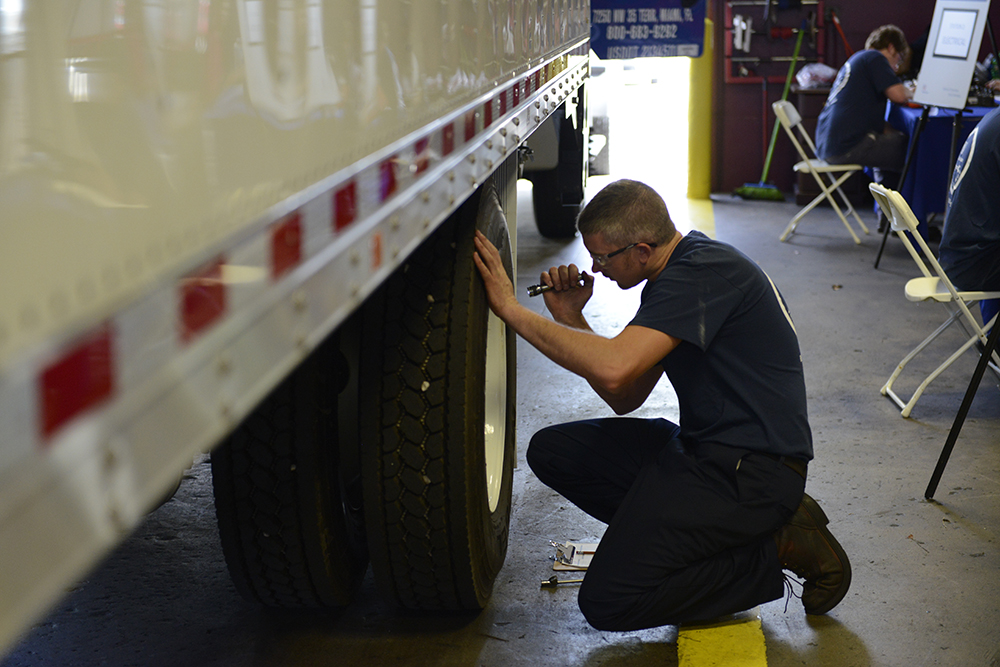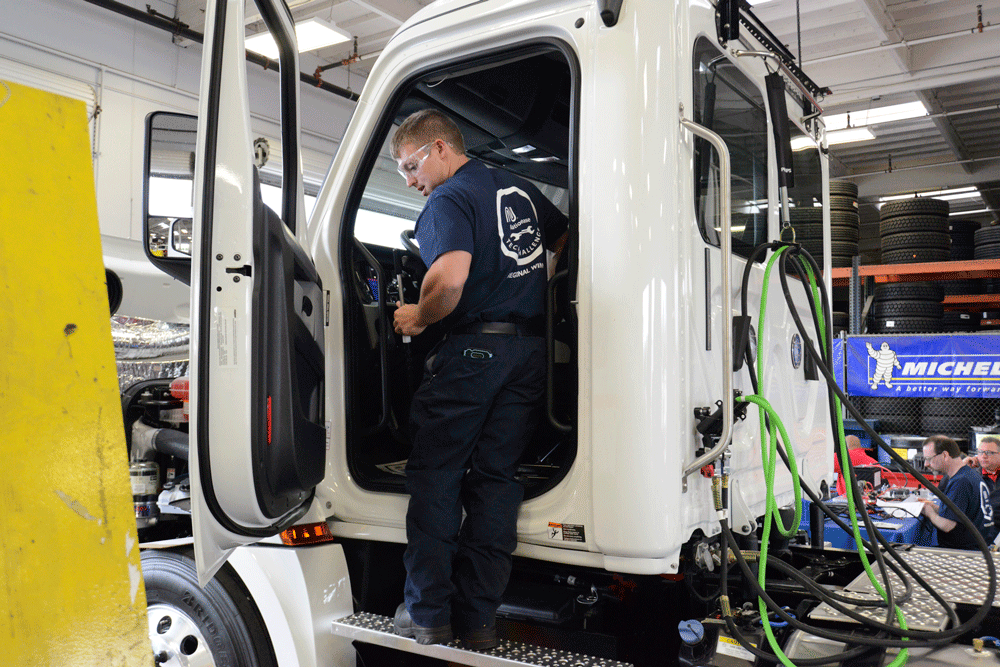Depending on where your business is located, Mother Nature can have a profound effect on your operations. When disaster strikes, recovery depends upon planning ahead.
In a little over a month, the U.S. and its territories have faced three highly destructive hurricanes. The path of destruction and disruption that we’ve seen recently has brought back memories for me. I was working for a major company in Pennsylvania in (DATE) when Hurricane (NAME) hit. The organization had plans in place to face the upcoming storm, but still had considerable damage. However, we learned some valuable lessons that would serve us well for future storms.
If you’re in a major storm’s path, you may not be able to escape completely unscathed, but if you plan ahead, you may be able to mitigate the damage.
Disaster planning for your DC/shipping manufacturing facility
Location, location, location: obviously this is the biggest factor when considering how to plan for disasters, especially if you’re in an area with a history of hurricanes, tornadoes, and flooding. On the west coast, their disaster planning is intended to deal with earthquakes, fires, and flooding.
So how do you prepare for a natural disaster? There are a number of steps you can take:
Step 1: This may seem obvious, but it’s essential that you constantly keep an eye on weather and news for your area. Predictions, though far from perfect, still can offer some early cues, especially with hurricanes.
Step 2: Communication is a huge key to successfully facing a disaster, so keep the communication lines open and ongoing with your facility managers.
Step 3: Form a disaster committee that meets quarterly to formulate a plan of action with detailed instructions on what to do in the event of an emergency.
Step 4: Have the disaster committee consider a variety of scenarios, including how supply chain interruptions could impact your business, DC, or manufacturing output.
Step 5: Make sure your fleet operations manager or a representative from the carriers you use be a part of the disaster committee. They need to be part of the process and part of the solution.
Step 6: If you’re fortunate enough to be in a location that rarely faces natural disasters, you’re not necessarily immune from problems, especially if you are a manufacturer. You may be lucky, but your suppliers may not be. That’s why it’s important to know where every company in your supply chain not only is located, but also where they get their components from. Any part of the supply chain experiencing these disasters could result in potential delays. You need to prepare for this as well by having contingency plans to get the material you need to keep your facility, and your business, operating.
It’s also important that you understand up front, that some things are out of your control when a disaster hits. Delays are going to happen in a natural disaster. Don’t panic. Plan ahead. That way when delays do occur, acknowledge that returning to normal could be a slow process but one that you’ve prepared for.





